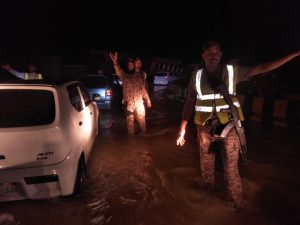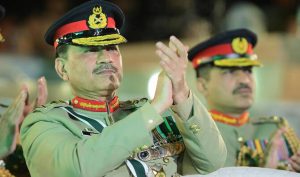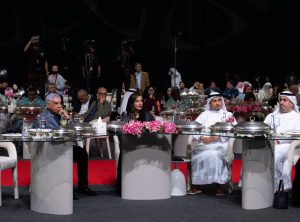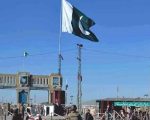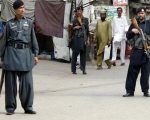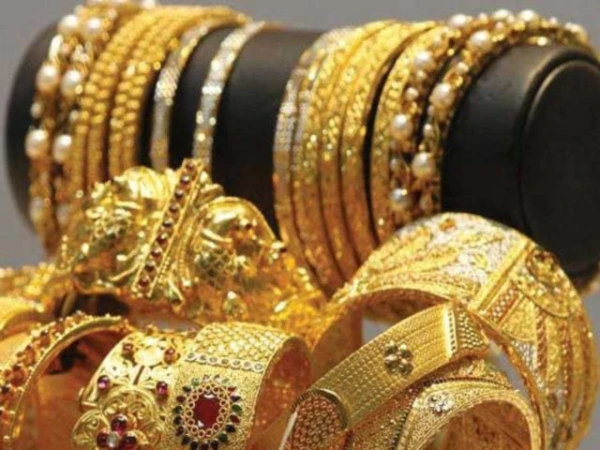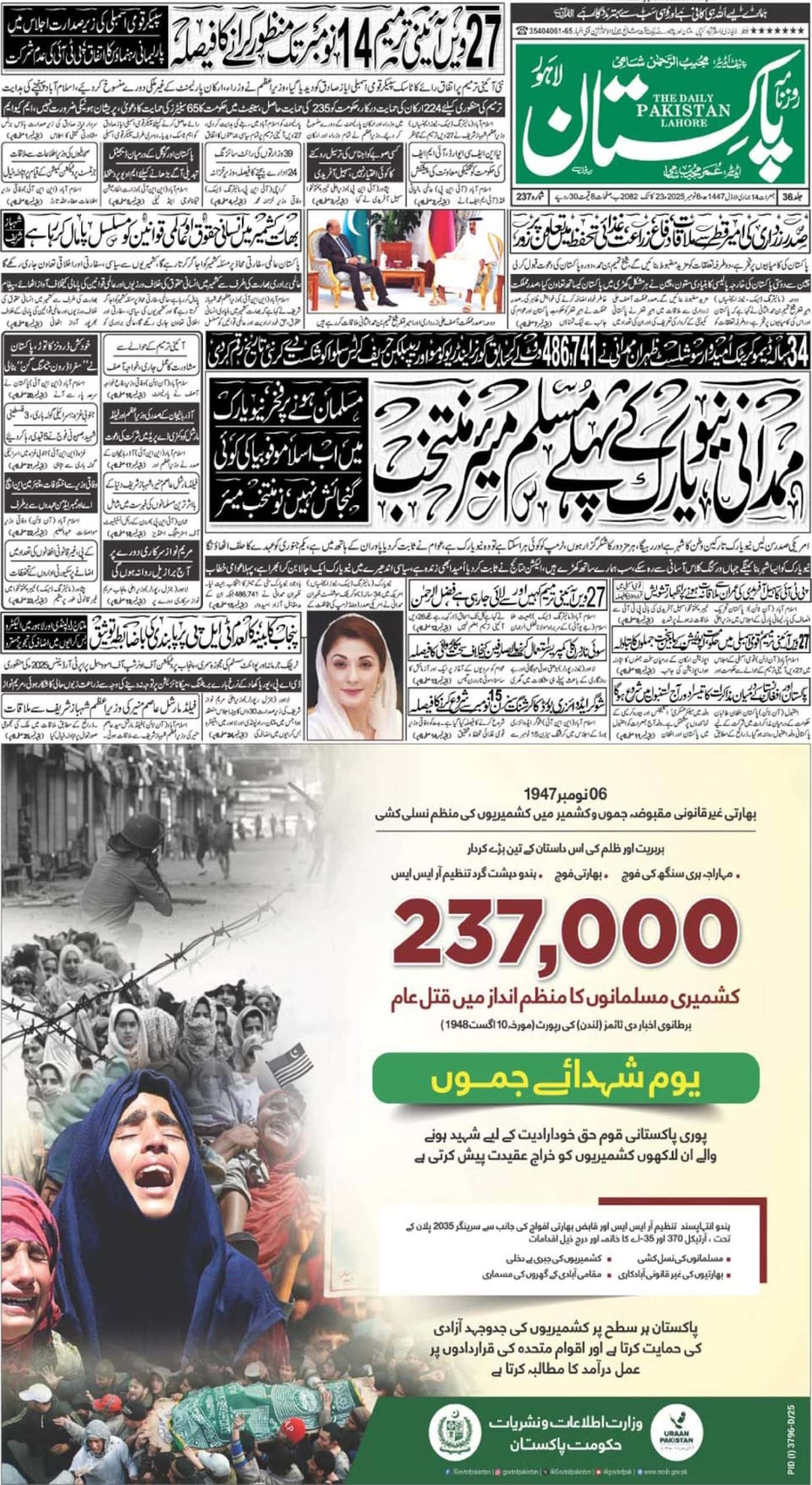Every trip that India’s Prime Minister Narendra Modi embarks on or each speech he delivers is part of his early campaign for 2019 elections. The Gujarati politician’s dedicated cyber militias tweet and Facebook act in real time, not just in English or Hindi but almost every important regional language. Those pompous references of India’s ancient history and unlimited potential feed the frenzied TV news channels and BJP liked-minded analysts alike.
In some measure, his monologue at the Shangri-La Dialogue addressed the same constituency. The speech was a political one, that did not trigger any debate in diplomatic and strategic communities to ponder over India’s position in the global arena, especially the ‘Indo-Pacific’. Now that the BJP supremo has pretended for four long years that his reign is becoming the most consequential for India’s image and relations abroad, the reality contrasts his rhetoric.
What better way to assess connectivity and coexistence than revisiting India relations with next-door residents. Delhi prefers to be seen in the wider, larger context than South Asia or Southeast Asia. To the policymakers at home, the deepening of relations must be seen in with countries such as the US, Europe, Japan, Australia and South Korea. The harsh reality remains that India’s neighborhood sans Pakistan has not been a walk in the park for Narendra Modi government. From Nepal to Mauritius and Myanmar to Iran and Afghanistan, the promises did not translate into actions. The frustration has been soaring from Tehran to Port Louis.
This second essay surveys India’s foreign relations with Nepal, the Maldives and Iran. At the outset are a few words on India’s approach to Pakistan. Delhi has persistently avoided engaging with Islamabad formally under one pretext or the other. The discreet and personal contacts with Nawaz Sharif have been far less subtle than required.
Modi has openly spoken of supporting rebels in Baluchistan while the respective heads of the army, and the air force have fancied taking out Pakistan’s nuclear weapons or conducting operations to realize the Cold Start. With the western nuclear-neighbor set to vote on July 25, the BJP government will sell hatred and strong-arm policy towards Pakistan to tap into Hindu majority vote. The opposition is too stale and splintered to challenge the incumbent party for its failures.
Nepal, the northernmost neighbor of India, has been thought to be a political and geographic extension. The logistical, material and infrastructural dependence on the larger southern state dictated an imbalanced relationship. Delhi took Kathmandu for granted with little defiances. The winds of change started blowing after the royal clan was murdered, and democracy starts gaining ground.
The slow change in domestic political landscape and nationalism was largely ignored at the policy until Nepal legislated in 2015 to become a secular state from the world’s only Hindu one. The enraged big brother sprung into action and slapped sanctions in protest. The move upset the Indians en masse too but shocked Nepalese rude awakening became more significant.
Amidst souring ties came the catastrophic earthquake of 2016. Oblivious to the changing ground realities, Delhi continued with its coercive diplomacy than compassion. India’s blockade of vital supplies to Nepal expanded the window of opportunity for China. As much as Nepalese suffered due to the southern siege, nationalistic fervor became ever stronger.
Though Modi government lifted the curbs against the of secular state Nepal, its soft-power clout was the casualty. Had India expanded its vast railway, road and telecommunication network to the base camp of Mount Everest, the Himalayan state would have acted differently. During Modi’s ongoing term in office, China has become Nepal’s biggest foreign investor and the prospects are endless. The semblance of Kathmandu balancing relations between Delhi and Beijing has evaporated.
The Maldives is a Muslim majority island which identifies itself with South Asia. India has struggled for long to subdue the country and was partially successful when Mohamad Nasheed became the president (2008-2012). When his regime was hit with a political crisis, he took refuge in Indian embassy for about a month.
The Modi government inherited troubled relations with the smaller neighbor which canceled an airport modernization and expansion deal with Indian in 2012. The Indian Ocean island has been of particular interest for China while its relations with Pakistan that gifted her its parliament building have been a source of anxiety for Delhi. Faced with the climate change, Maldives incentivized foreign ownership of the land if 70 percent of it is reclaimed from the sea.
Thus, China got rights to develop Feydhoo Finolhu Island. Ever since Beijing’s interests in the Maldives have intensified, characterized by setting up of Open Ocean Observatory on Makunudhoo atoll which sits at the shipping lane to Bab al-Mandeb leading to the Suez Canal.
Saudi Arabia further added to India’s worry after it acquired a significant chunk of land on the eve of King Salman’s Asia visit last year. Male warmly welcomed Riyadh’s interest and investment. The Maldives has strategic significance for the kingdom as much as it has for China for strategic and maritime security reasons. The tension peaked early June when India barred a Maldives MP and close aide to the president from entering the country while he did not require a visa being an official of a SAARC member-state.
The situation came to a head in April when the Maldives demanded that India take back two Dhruva helicopters gifted to Male in 2013. Though reports claimed that the Maldives wanted a Dornier surveillance aircraft instead, the fact is that Male had actually been sitting on a Letter of Exchange that it needed to sign for the Dornier request to be processed.
The context for the discourteous move is Maldives decision to get rid of the Indian naval personnel who maintain HAL Dhruva helicopters. Also at the heart of the matter is the Maldives’ decision to not employ more Indian which is often spelled out clearly in the advertisements.
Male has been successful in shunning India’s coercive moves to keep her in its orbit of influence under the pretext of military cooperation or manpower export. Delhi will use the same tactic it has tried against Islamabad, seeking the US and European pressure against the Maldives for concessions.
Relations with Iran have become enormously worrisome for India after US President Donald Trump suspended JCPOA and imposed sanctions with extraterritorial jurisdiction requiring all foreign companies to withdraw from the country and oil imports be halted.
The move comes with an assortment of challenges for Delhi, ranging from access to Afghanistan to termination of oil import and other exports as well as freezing of developmental work at Chabahar port, its potential gateway to Central Asia. During Nikki Haley’s visit, India has committed to ending oil imports from Iran by early November.

However, it is unclear as what future holds for Delhi’s Chabahar designs, which is scheduled to become operational by early 2019. If India complies with the US demand of severing financial ties with Iran, it may lose access to Chabahar port in a knee-jerk reaction from the Persian. Will China replace India in the north Arabian Sea port? Tehran won’t serve it in a platter to Beijing. It will use Chabahar as a bargaining chip with Delhi.
To conclude, the foreign policy of Modi has failed to deliver anywhere close to the much-trumpeted results. Leave aside Nepal, the Maldives and Iran for a moment, the relations with Bhutan after last year tense row over disputed border region, with Bangladesh over Chinese investment and it’s joining of Belt-and-Road plan and with Sri Lanka and Mauritius owing to strategic and economic woes are nightmarish for the South Block. Narendra Modi has risked India’s standing within the region and beyond by over-promising and over-selling.
While the crutches of the US and the European powers have significantly forwarded Modi government in advancing political and commercial interests in the West besides helping constrain Pakistan in the FATF, their leverage is pretty limited in India’s peripheral states.
Part 1 of the piece can be read here.






